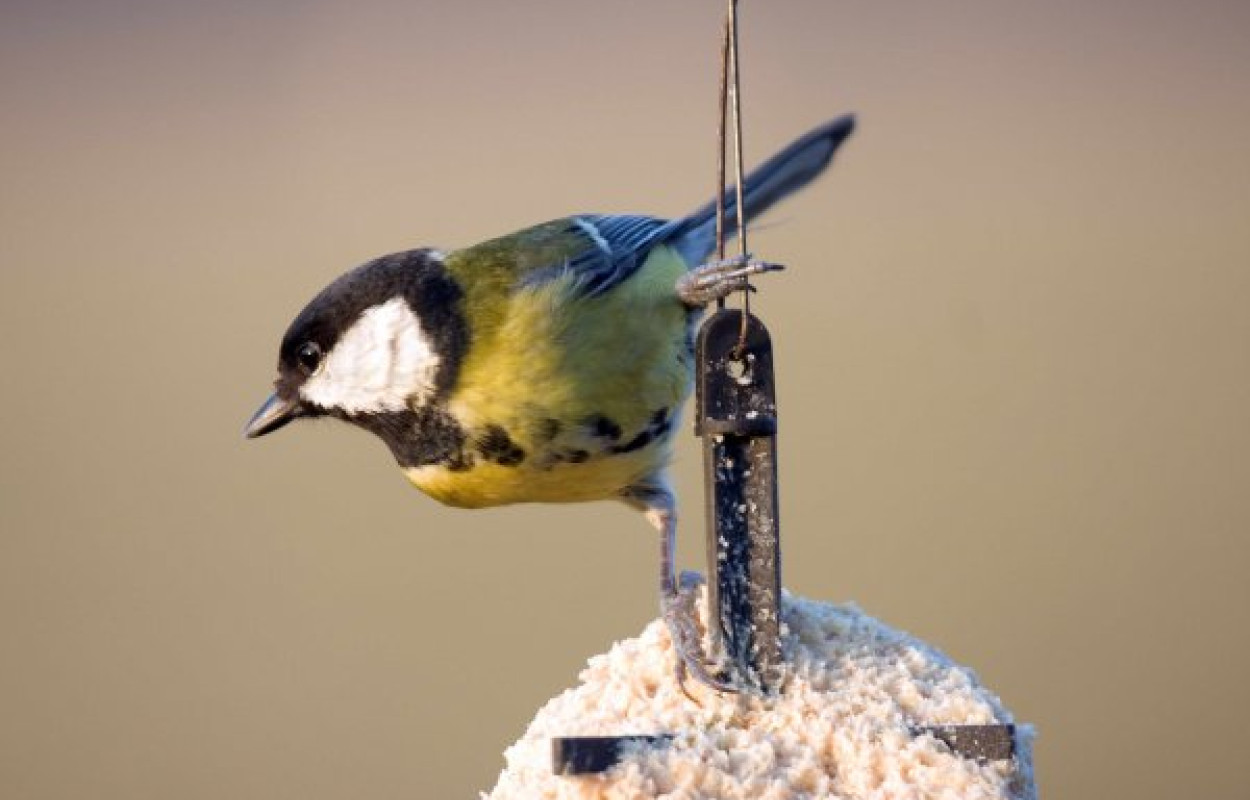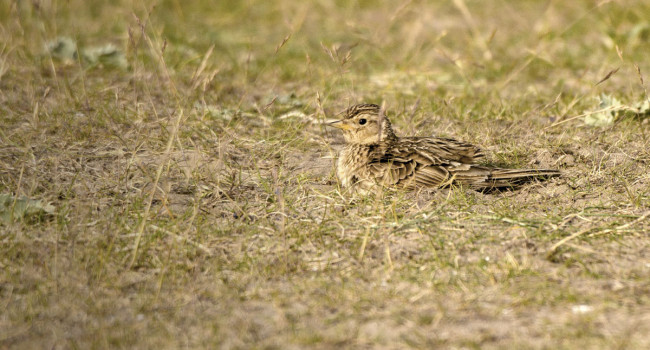Emergence of a Novel Avian Pox Disease in British Tit Species

Author(s): Lawson, B., Lachish, S., Colville, K.M., Durrant, C., Peck, K.M., Toms, M.P., Sheldon, B.C. & Cunningham, A.A.
Published: January 2012
Journal: PLOS ONE Volume: 7 ( part 11 )
Article No.: e40176
Digital Identifier No. (DOI): 10.1371/journal.pone.0040176
New collaborative research between the Zoological Society for London, University of Oxford, BTO, and RSPB, has used information collected by BTO Garden BirdWatch volunteers to document the emergence and spread of a severe form of avian pox virus in Paridae species, especially Great Tits.
The disease, which typically leads to unsightly growths on a bird’s head, was first reported in British tits in Sussex in 2006, and has spread north and westwards since. Although birds can recover from the pox virus, the lesions it causes may impair their vision and ability to feed, as well as leaving them susceptible to secondary infections and predation.
Avian pox has been endemic in other British garden birds, including Dunnocks and Blackbirds, since the 1950s. However, the disease in tits is a different strain, causing more serious symptoms. Its transmission also appears to be independent from that in non-Paridae. In all species, avian pox is thought to be spread by biting insects, leading to a peak in incidence in late summer after warm wet weather when insect population densities are high.
This study illustrates the power of collaborative research and value of citizen science in characterising and understanding wildlife diseases. It also underlines the importance of continued vigilance and reporting of illnesses in wild animals, as where avian pox and other emerging diseases (such as finch trichomonosis) lead, others may follow.







Share this page